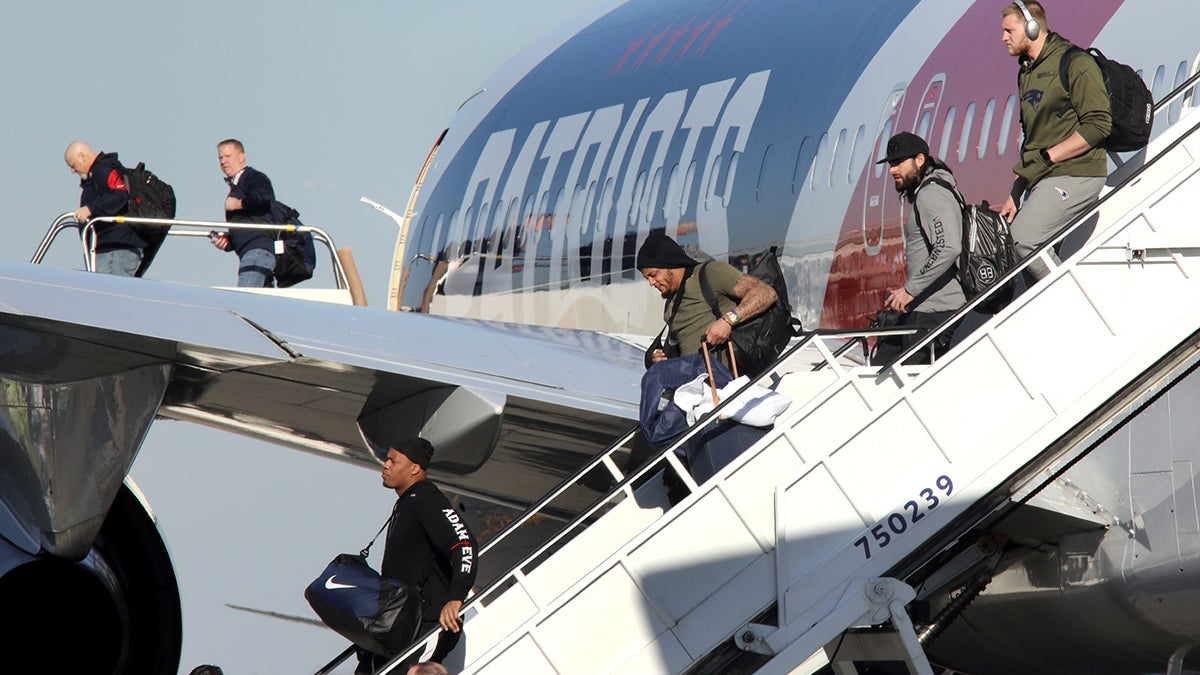From sea to sea, athletes find ways to mitigate weariness of travel

One of the greatest challenges faced by elite athletes is dealing with the physical demands that a season of traveling and performing on the road has on the human body.

How do athletes at the highest level mitigate the negative effects travel has on the human body? Whether it is by properly hydrating, focusing on maintaining consistent sleep schedules or stretching before and after flights, there are numerous ways athletes can help improve their ability to perform well on the road.
These methods allow athletes to give themselves an edge in preparing for road matchups. In addition, they can be applied to the lives of non-athletes to help reduce the toll traveling takes on an individual.
There are numerous steps athletes take to reduce their bodies weariness when traveling. One of the most simple, and yet most important, is proper hydration. When flying long distances, such as from Los Angeles to New York, being in a climate-controlled environment such as an airplane leads to quicker dehydration.
According to Dr. Mathew Goldman of the Cleveland Clinic, half of the air circulating through the cabin comes from the outside. Due to the higher altitude, the air is nearly devoid of moisture, which causes dehydration more quickly.
Dr. Goldman also cites the decreased amount of oxygen in the cabin as a potentially detrimental factor. Generally airplanes will pressurize the cabin with oxygen but at a lower level than usual sea-level oxygen levels, which causes less oxygen to be absorbed by the body.
This, combined with the low-humidity environments, allows the body to become dehydrated much easier. When traveling commercially, as many athletes in college or minor league professional sports leagues do, the importance of traveling with a reusable water bottle becomes important as you can fill that up prior to the flight rather than relying on the smaller cup of water most airlines will provide.
Simply taking note of how much water and electrolyte beverages you are drinking throughout air travel is a significant step in reducing the amount of jet lag felt after flights.
Another way to accomplish this is ensuring you get the proper amount of sleep prior to and after long flights. When traveling across different time zones it is very challenging for your body to keep its biological clock on track. In fact, your body goes through daily circadian rhythms. The National Institute of General Medical Sciences describes circadian rhythms as “physical, mental and behavioral changes that follow a daily cycle.” These behavioral patterns are influenced by indicators such as sunlight. For example, when the sun goes down it gives your body the psychological cue that leads to the body developing more melatonin, thus allowing you to fall asleep easier. However, when you are traveling through different time zones, it becomes easy to lose track of how much sleep you are getting. In order to combat this, teams in the largest professional leagues in the United States, such as the NFL, have placed significant investments into making their players’ travel accommodations as comfortable as possible.
When looking at the NFL specifically, the true difficulty of playing on the road and being successful is perfectly illustrated. Since 2010, only 3 of the 32 teams in the league have won more than 52% of their road games. The New England Patriots lead that category with a road win percentage of 67.6%, followed by the Pittsburgh Steelers and Dallas Cowboys, at 58.4% and 54% respectively.
For this reason, a number of NFL organizations have put spent large sums of money to help alleviate these issues for their players. Look no further than the New England Patriots, winners of three out of the last five Super Bowls, to see the extent owners have gone to in order to provide a comfortable travel experience. The Patriots’ team plane contains the largest and widest seats a plane can handle, as well as five extra inches of legroom when compared to usual first class seats. One of the most beneficial aspects of this investment is the ability to treat players during travel, allowing stretching, massages and other injury-preventative practices to occur. These measures allow players to do everything in their power to have their bodies feeling completely ready to go when they land in an opponent’s city.
In the end, winning games in road environments will always be a challenge in every sport. Leaving the comfort and consistency of your home stadium and your usual preparation routine makes these practices even more vital to achieving on field success. Essentially, the steps of proper hydration, getting the necessary amount of sleep prior to and after flights and stretching sore muscles can greatly influence an athlete’s health. These steps are significant because they can give the body the fuel and readiness that it needs to perform at a high level.
Joey Calistri is a professional soccer player on the pitch for Phoenix Rising FC and content off the pitch for Global Sport Matters. He has also contributed to various news outlets in Chicago, St. Louis and Phoenix.

